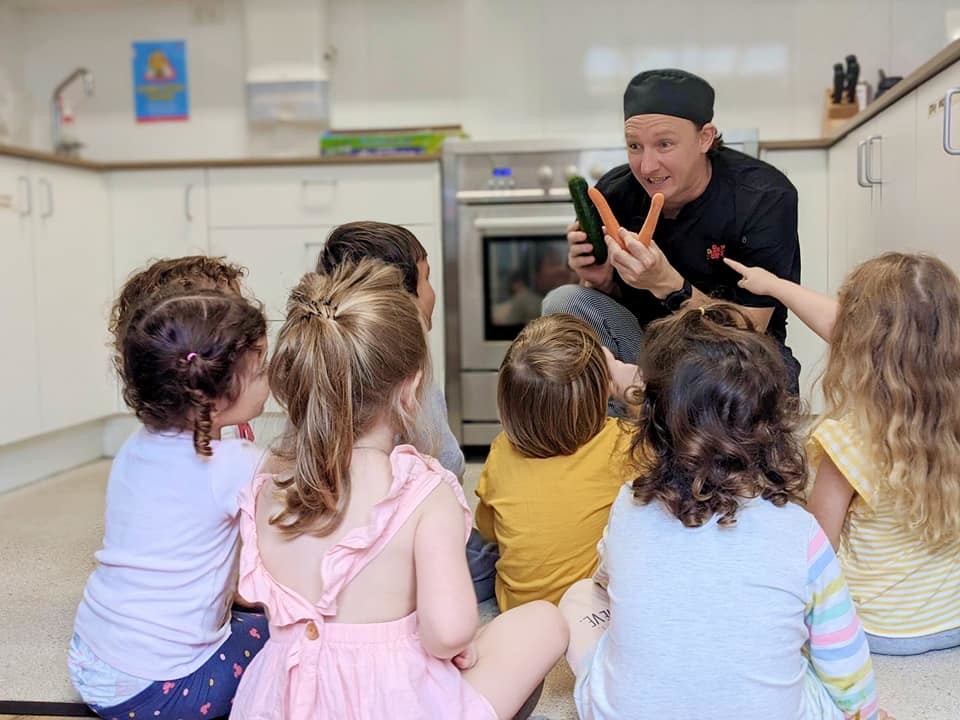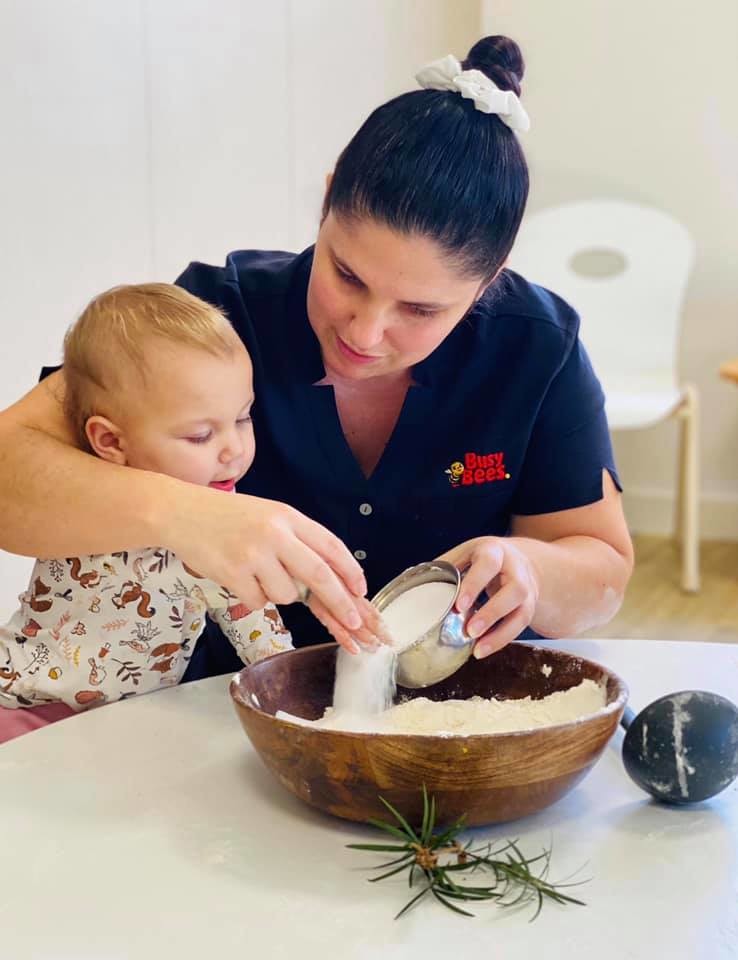Most of us know that fruits and vegetables are important, but getting them on the weekly menu is a challenge for a lot of Families. Whether you’re dealing with a fussy eater, or simply looking for ways to encourage your child to branch out of their comfort zone, there are many different ways to explore fruits and vegetables with your child.
Eat the Rainbow
Did you know that different coloured fruits and vegetables contain different nutrients? This is a key reason why the Australian Dietary Guidelines recommend that children eat a variety of foods. As Healthy Harold says — we need to eat the whole rainbow.
Using colour can be a fun way to encourage children to branch out and try different kinds of fruit and vegetables. Make it a game to see how many different colours of the rainbow you can eat in a week, or set yourself a challenge and see if you can get them all in one meal!
Lead by example
Research shows that children can be more successful at developing healthy habits when they are a part of the whole family’s routine. Involving children in preparing meals, trying new foods together, and eating regularly as a family can all contribute to building lifelong habits. Your child will learn by watching you, and may start to show curiosity about what you’re eating.
Start Small
Drastic changes in routine can be overwhelming for a child, and cooking 10 new recipes in a week can be overwhelming for you too! Start with small steps, such as introducing new foods one at a time. Let your child take the lead, if they are curious about a food or reaching for what you’re eating, let them try it.
Give Food a Disguise
If you’re dealing with a very picky eater, sometimes the best solution is the art of the disguise. Try grating or cutting up vegetables into very fine pieces and incorporating them into a food your child already likes. For example, Spaghetti Bolognese can be packed with hidden grated carrot, celery, zucchini and even mushrooms.
It is still important for children to see what fruits and vegetables they are eating, so another route is to make them the star of the show! Try making food look fun by arranging veggies into faces or animals, or use cookie cutters to cut them into interesting shapes.

Image: Busy Bees at Maroochydore
Don’t force it
There could be many reasons your child doesn’t like something, whether it’s taste, texture or simply wanting to be in control. It can be frustrating when your child refuses to eat something, but forcing them to do something they don’t want to do rarely works and can make the aversion worse. Instead, try a different technique to encourage your fussy eater to explore:
- Place a shared bowl of salad or vegetables on the table to invite curiosity. Encourage your child to serve themselves and pick out what they would like. This lets them feel in control and exercise their independence, which children love!
- Encourage your child to become familiar with different fruits and vegetables by using their 6 senses. Explore what it looks like, what it smells like, and what kind of texture it has. Let them know they can take a bite, but they don’t have to swallow if they don’t want to.
- Children are often tired and grumpy at dinner time. Try picking a different meal of the day to introduce something new.
Involve them in the process
Involving children in cooking and preparing food is an important part of teaching them about nutrition while also building independence and self-care skills. Let your child pick and choose different fruits and vegetables at the shop, and then involve them in the process of preparing and cooking them when you get home. When children feel involved in the process, they are more likely to take ownership of their food choices and more likely to eat fruits and vegetables they have picked out themselves.
Getting out into the garden is also a fantastic activity for children. Perhaps you could start a herb or veggie garden together, and make a meal using the produce you have grown.

Image: Busy Bees at Burpengary East
Be patient (and don’t give up!)
It takes time to build any habit, and your child may need time to adjust to changes in their diet or feel comfortable trying new foods. Don’t be too hard on yourself, and don’t give up. If your child won’t eat broccoli one day, simply try again the next!
